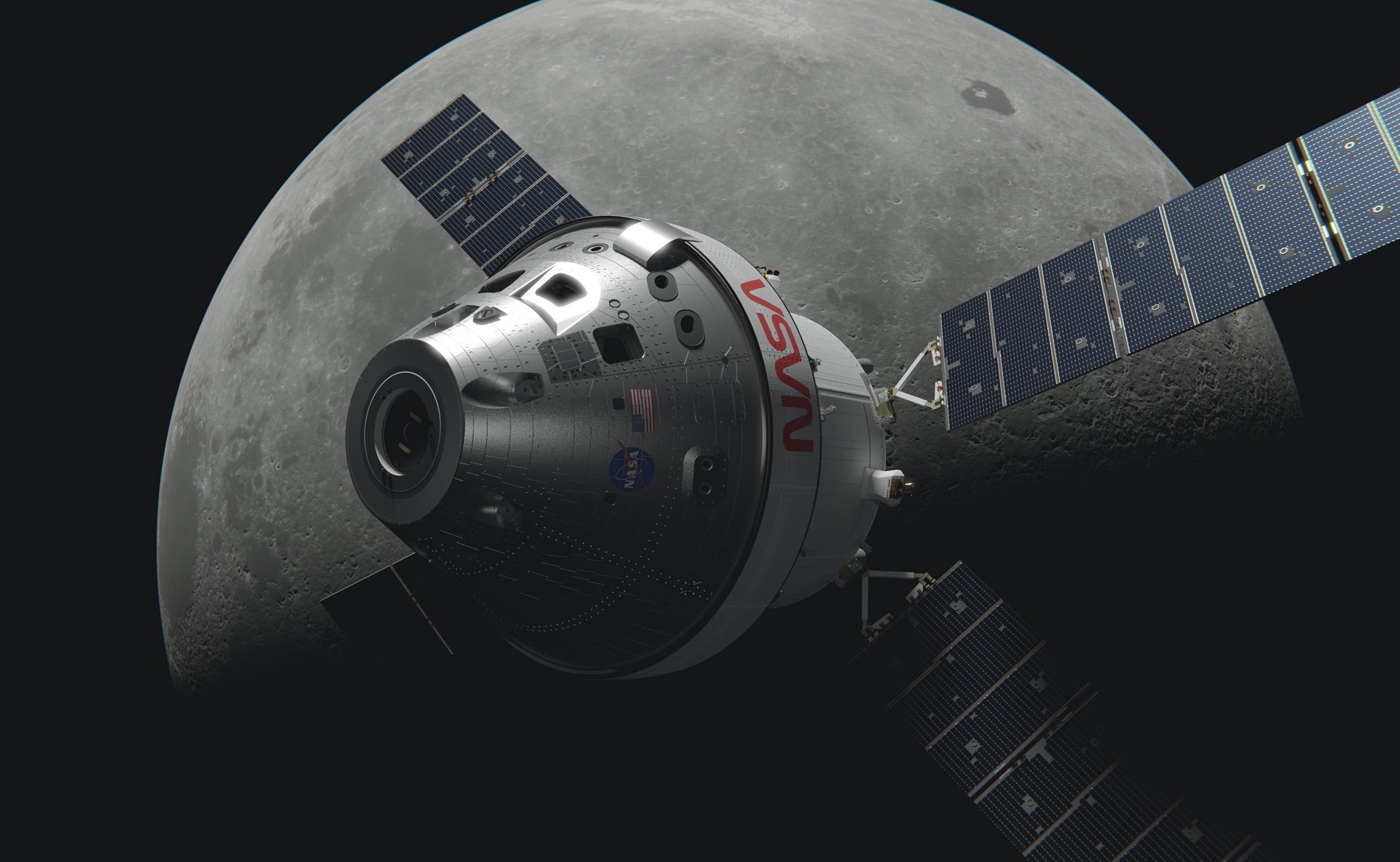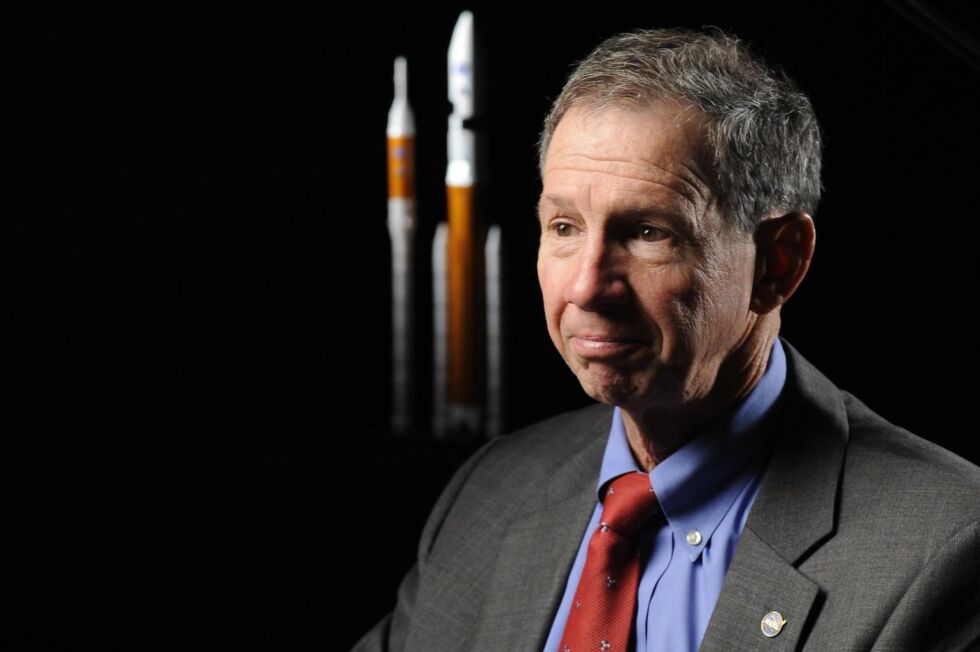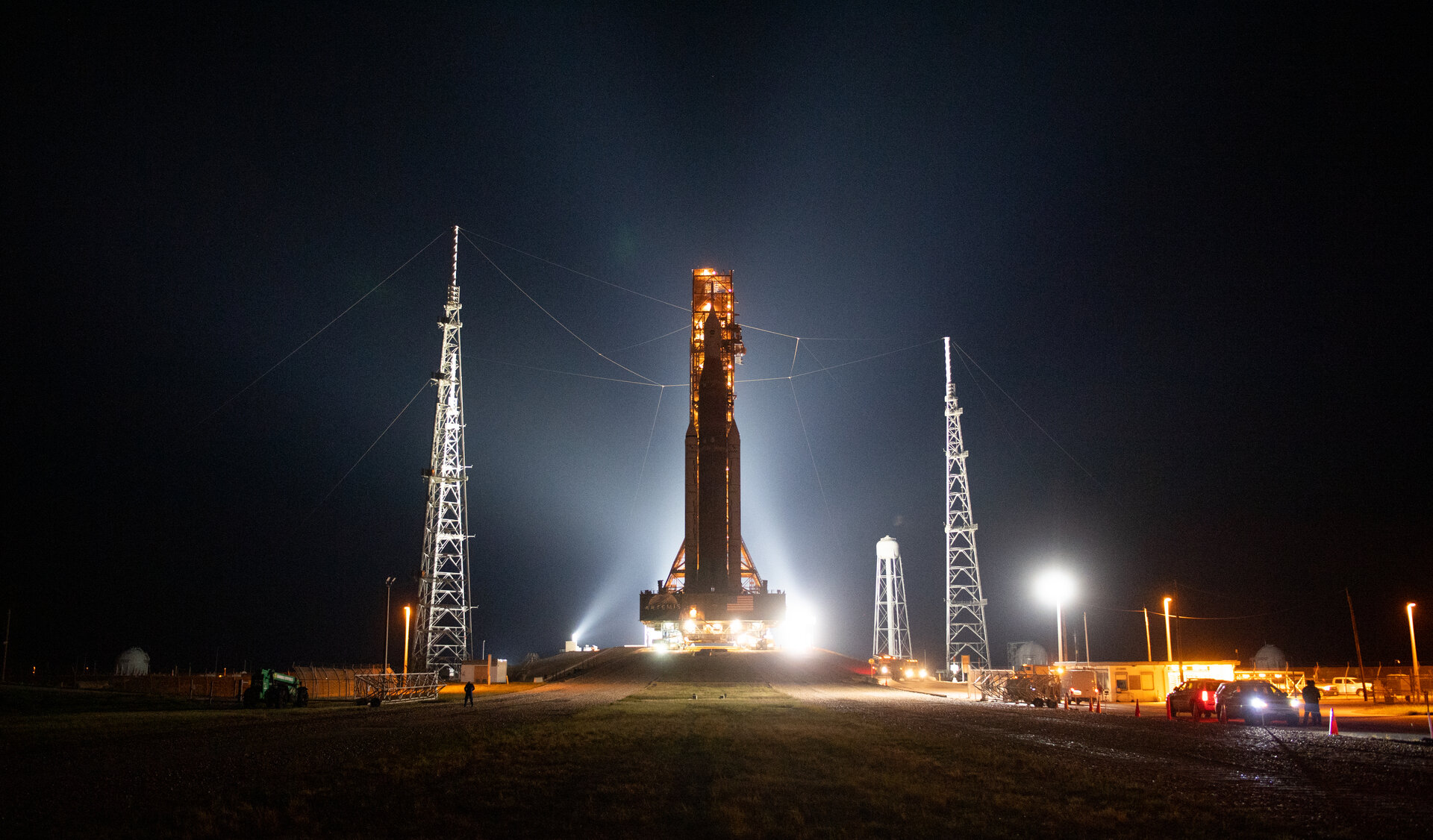Former NASA Administrator Michael Griffin believes that he is better able to organize NASA’s return to the moon. Speaking to a House subcommittee this month, Griffin, 73, said the organization should reboot the Artemis program and get rid of all existing commercial contractors.

Artemis is one of NASA’s largest space programs to date, and several missions are planned during this decade to bring humanity back to the surface of the moon. However, Griffin believes that NASA’s dependence on commercial companies is excessive and complicated. There is also a risk that the aerospace administration will not be able to meet the deadline due to various delays. This has already postponed the Artemis II mission by a year, and Artemis III by two years.

Therefore, Griffin suggests a conservative approach when NASA relied on Boeing, Lockheed Martin and Northrop Grumman to build their spacecraft. Griffin claims that if the space agency listens to his proposal, it can return to the Moon as early as 2029.
However, the former administrator’s statement was answered by the fact that his plan had already been tried, but it simply did not work. Problems with Boeing Starliner tests are cited as an example. Griffin also suggests building a new rocket to replace the Space Launch System, but it has not even been designed; it will take at least 10–15 years to create a new one, and this already destroys the optimistic plan of the former administrator.
In addition, Griffin criticizes the current Artemis program for its excessively high cost. But his plan is unlikely to be cheaper. Thus, restarting Artemis probably won’t solve the problems, but on the contrary, it will only bring considerable losses.

Indeed, NASA’s current lunar program is very complex and very expensive. But Artemis I has already proved its success. If the aerospace administration manages to maintain momentum and avoid further delays, the lunar program can be implemented in the current decade, even with delays. In any case, Griffin’s “reboot” won’t make the situation any better.
Earlier, we reported on how China was losing to NASA in the space race for the moon.
According to arstechnica.com
Follow us on Twitter to get the most interesting space news in time
https://twitter.com/ust_magazine


